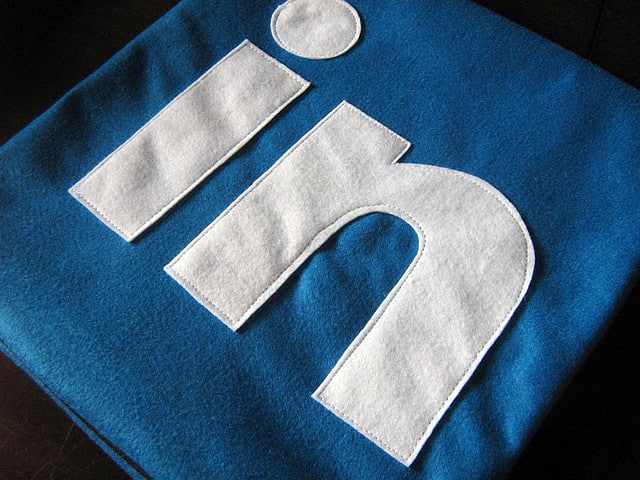
.
.
If you read Bad Rhino Rumblings, you’re likely active on LinkedIn in some capacity. But, chances are, you probably aren’t devoting a significant amount of time into developing your company’s LinkedIn campaigns. And given the professional networking site’s traditional focus on person-to-person interactions over company campaigns, that was probably a good call. But, as they say, the times are a-changing and it’s probably about time for LinkedIn to win you over, if it hasn’t already.
Here are four reasons why:
1. Vastly improved company pages

When LinkedIn premiered their Company Pages, they were not too impressive, hard to use, and not a terrific lead generator for smaller organizations. But with a recently added cover photo option and an increased focus on the website’s news feed, LinkedIn pages have become more than a searching-grounds for new hires. User friendly analytics help companies target audiences and track success while a customizable news feed mean that users can more easily access the content they desire- and are thus likely to use the feed more than before.
2. Smaller, more focused audience base
At 238 million users, LinkedIn is a significantly smaller pool than Facebook, but it arguably offers a much more focused audience base. Although the site recently expanded to allow high-school students to interact with recruiting colleges, the networking site still specializes in highlighting industry-specific discussions and professional opportunities. This means businesses- especially consultants or media-publishers- have a lot to gain from reaching out to their target demographics on LinkedIn. Unlike Facebook or Twitter, promoting your business feels less forced because the majority of users are on the site for some form of professional growth, not just social networking or entertainment.
3. New option for promoted posts
In July 2013, LinkedIn introduced it’s first advertising capabilities for its Company Pages. But rather than going the traditional ad route, they skipped straight to the ‘sponsored post’ option allowing companies to create PPC campaigns that will appear as updates in the targeted users’ news feeds. While the concept is similar to Twitter and Facebook’s promoted posts, the unusual amount of professional information that LinkedIn gathers could make it easy to advertise to major decision makers in a given field. While it’s too early to say for sure, promoted posts on LinkedIn are likely a highly effective way to get content and products in front of your targeted demographics.
4. In-site blogging culture
Lots of social media sites have encouraged users to ‘blog’ via applications on their profile pages (MySpace and Facebook both com mind,) but the idea usually seems to be a bust. However, through site-created applications like BlogLink, it’s easy to share your blogs on LinkedIn’s interface. These integrated blogs are fully readable (and sharable!) without having to leave LinkedIn, and are promoted with more urgency than traditional posts. Sharing and tagging your blogs via LinkedIn is an easy way to make sure your content reaches professionals who will care about what you have to say.
Photo Credit: Flickr user coletivomambembe

